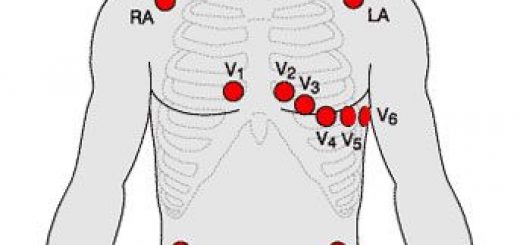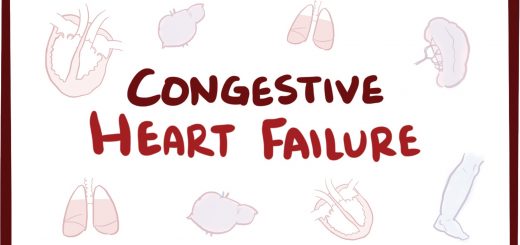CPR & AED written exam questions
Are you preparing for an upcoming CPR or AED written exam? Here are some practice written questions to help you improve your performance. They are all multiple choice and the answers are at the end of this post.
1. Signs and symptoms of a heart attack include:
- a. Chest pain that lasts less than 1 minute.
- b. Dry, red, hot skin.
- c. Inability to speak in full sentences.
- d. Nausea, shortness of breath or difficulty breathing.
2. Which of the following is not a specific link in the Cardiac Chain of Survival?
- a. Early CPR
- b. Early defibrillation
- c. Early recognition of the emergency and early access to EMS
- d. Early rescue
3. You see an older man collapse. You perform an initial assessment and find the man has no movement or breathing. You begin CPR. How many chest compressions and rescue breaths do you perform in each cycle?
- a. 5 chest compressions and 1 rescue breath
- b. 10 chest compressions and 2 rescue breaths
- c. 15 chest compressions and 1 rescue breath
- d. 30 chest compressions and 2 rescue breaths
4. Another name for a heart attack is:
- a. Myocardial infarction
- b. Cardiovascular infraction
- c. Commotio cordis
- d. Angina
5. What is the most important action step to take to care for a person you think may be experiencing a heart attack?
- a. Check circulation
- b. Have the victim stop what he or she is doing and rest
- c. Summon EMS/ambulance personnel
- d. Obtain consent
6. An electrical shock delivered to the heart to correct certain abnormal heart rhythms is called:
- a. Asystole.
- b. Defibrillation
- c. Diastole.
- d. Fibrillation.
7. It is important for everyone to “stand clear” before using an AED to deliver a shock because:
- a. The AED may not deliver the correct shock to the victim.
- b. The AED will not work unless you stand clear.
- c. The victim’s arm may swing out and strike you when the shock is delivered.
- d. You or someone else could get shocked.
8. Early defibrillation is an important step in the Cardiac Chain of Survival for all of the reasons below EXCEPT:
- a. Asystole cannot be corrected by defibrillation.
- b. Delivering an electrical shock disrupts the electrical activity of the heart long enough to allow the heart to spontaneously develop an effective rhythm on its own.
- c. Each minute that defibrillation is delayed reduces the chance of survival by about ten percent.
- d. EMS personnel can transport the victim to the hospital more quickly.
9. After confirming that a victim is not breathing normally, and an AED is available, the next step is to:
- a. Deliver a shock if one is indicated, after ensuring that no one is touching the victim and there are no hazards present.
- b. Let the AED analyze the victim’s heart rhythm or push the button marked “analyze.”
- c. Plug the connector into the AED, and attach the pads to the victim’s chest.
- d. Turn on the AED.
10. When using an AED:
- a. Check for a pulse while the device is delivering a shock.
- b. Dry the victim’s chest thoroughly using alcohol and gauze pads.
- c. Place the victim on his or her side.
- d. Remove any patches you see on the victim’s chest.
CPR exam answers
- D
- D
- D
- A
- C
- B
- D
- A
- D
- D





